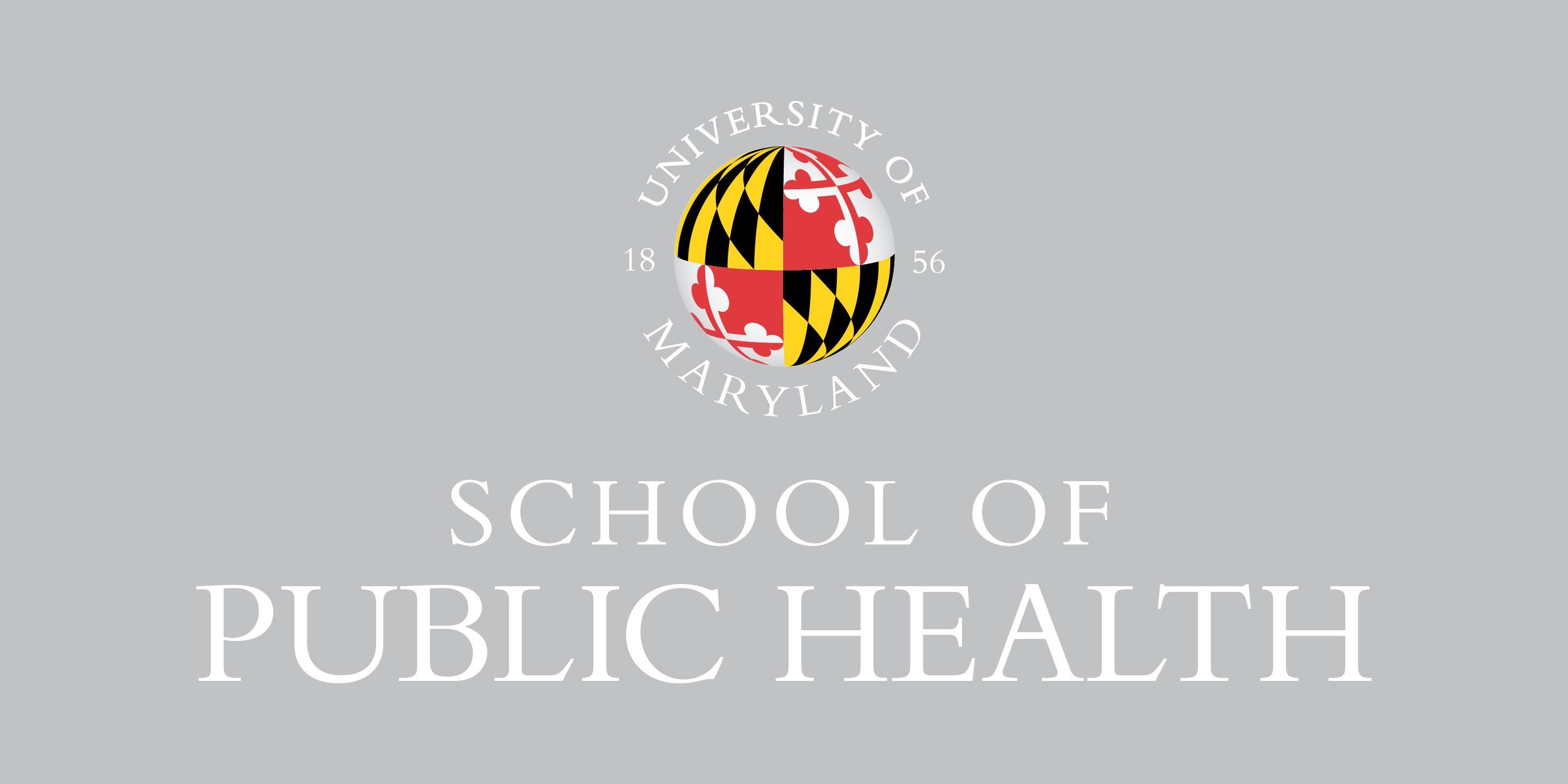
The opinion piece was written by Sandra C. Quinn, PhD, Professor and Chair, Department of Family Science and published in Maryland Matters on February 12, 2020.
In the early weeks of a disease outbreak – like the coronavirus illness (2019-nCoV) that began in China – the number of unknowns exceeds what scientists, public health officials and governments truly know about the virus and outbreak. That’s always been true, from SARS to MERS to the 2009 H1N1 Influenza pandemic.
The uncertainty at the beginning of any outbreak limits the ability of public health and government officials to give the public what it wants the most – definitive answers. What is this new virus? Does it threaten my family and me? What should we do to protect ourselves? But that uncertainty is a normal part of any outbreak, and it can take weeks before public health officials and scientists know enough to give full and confident answers to the public’s questions.
In the past, from the 2001 anthrax attack to the 2009 H1N1 influenza pandemic and Ebola, the public has seen that uncertainty and lack of answers as the sign that officials are “hiding something” or sheer incompetence. This can have disastrous consequences as the public begins to distrust what they are hearing. We saw that happen in the anthrax attack in 2001, we saw it happen with Ebola, and we are seeing it happen in China today.
Many public health officials have learned from the past, and follow the principles, “Be First, Be Right and Be Credible.” Along with that goes the vital admonition to build trust with the public. So, how do we do that effectively when there is significant uncertainty?
On April 24, 2009, at the beginning of the 2009 H1N1 Influenza pandemic, when little was known and public anxiety was rising, Dr. Richard Besser, then Acting Director at the Centers for Disease Control and Prevention (CDC), addressed uncertainty in a press briefing:
I want to acknowledge the importance of uncertainty. At the early stages of an outbreak, there’s much uncertainty, and probably more than everyone would like. Our guidelines and advice are likely to be interim and fluid, subject to change as we learn more. We’re moving quickly to learn as much as possible and working with many local, state, and international partners to do so. I want to recognize that while we’re moving fast, it’s very likely that this will be more of a marathon than a sprint. I want to acknowledge change. Our recommendations, advice, approaches will likely change as we learn more about the virus and we learn more about its transmission.
In my own survey research later in the pandemic, we found that preparing the public for changing information contributed to greater trust and more belief that government officials were being open about what they knew about H1N1. So, what does this mean for us today – when the number of people infected in China and the world continues to grow on a daily basis.
First, let’s have our public health and elected officials be clear about what we know today, what we are doing to learn more, and when we will be able to tell the public more. Let’s prepare our public for uncertainty…that is one of the few things that is certain right now. Let’s tell the public: The World Health Organization, the CDC, the Chinese government–everyone will share new facts as these days go on. Those same organizations will change their recommendations as their research helps them to better understand the virus, its transmissibility, its treatment, and its prevention.
To the American public: get ready for change. Public health officials know you are concerned and they want to be able to give you the best possible recommendations. The very first thing for you to know is–be ready for changing information, changing recommendations, and certainly, for some time to come, increasing numbers of cases and deaths. It will likely get worse before it gets better. And all good public health officials will also say to us, “We’ll keep coming back to you with new information when we have it. You can count on that.”
Uncertainty is a natural and uncomfortable part of this process. In today’s media world, especially with plenty of malicious actors sowing distrust in government and suspicion of science on social media, it is more critical than ever for public health and elected officials to prepare people for change and talk about uncertainty. It is more important than ever, for the health of our people, to turn to trusted and credible sources, like the CDC.
Related Links: